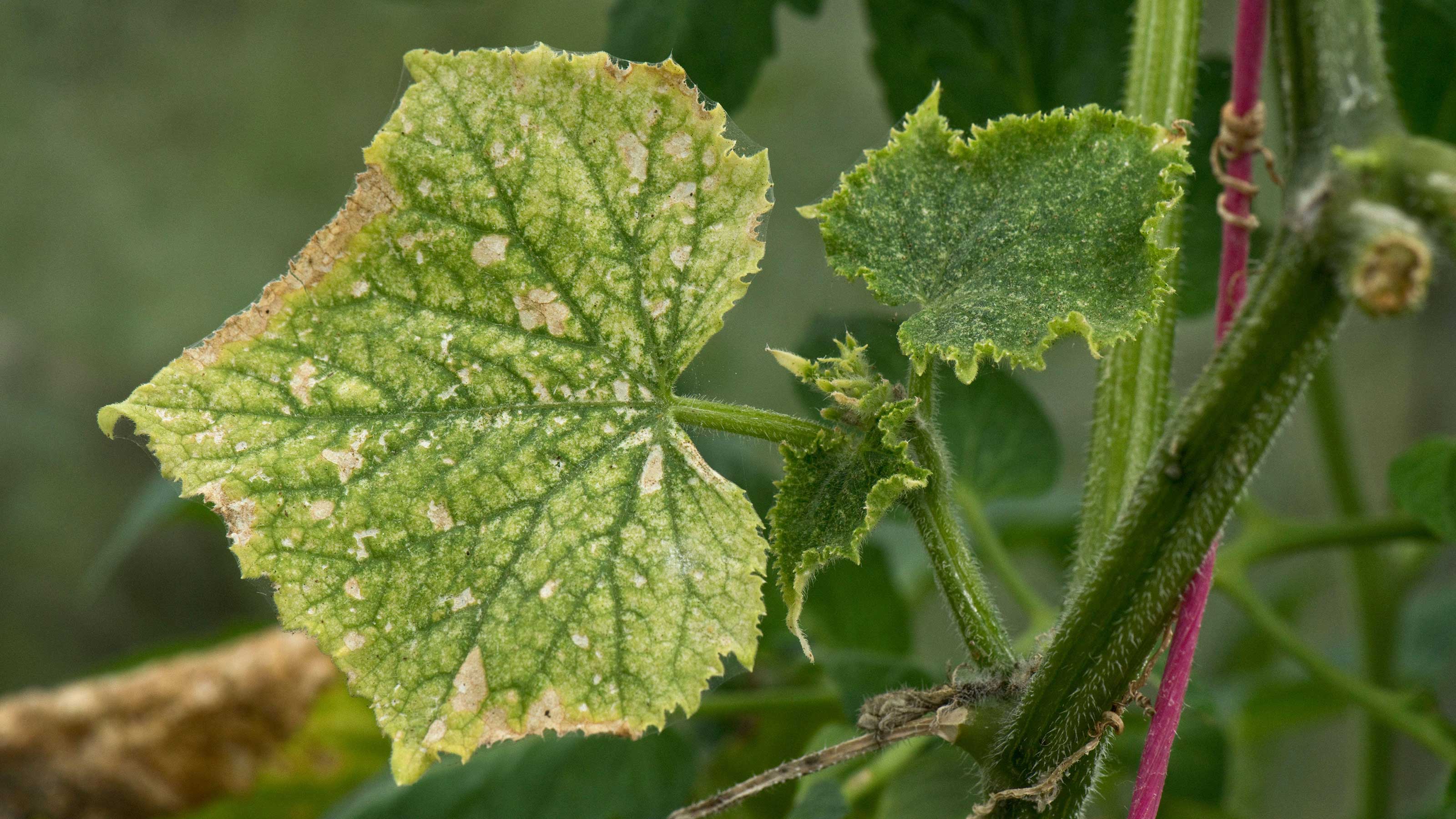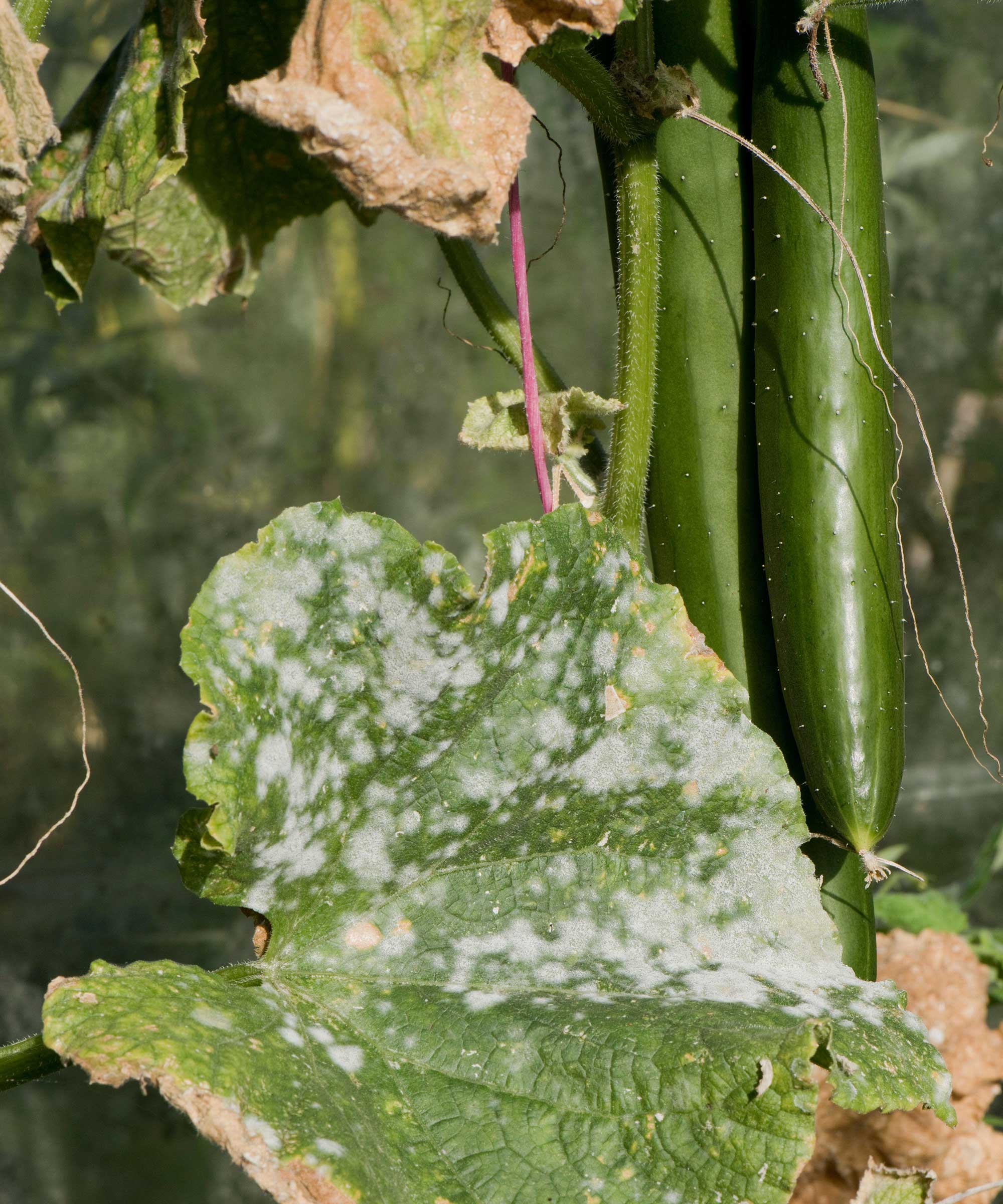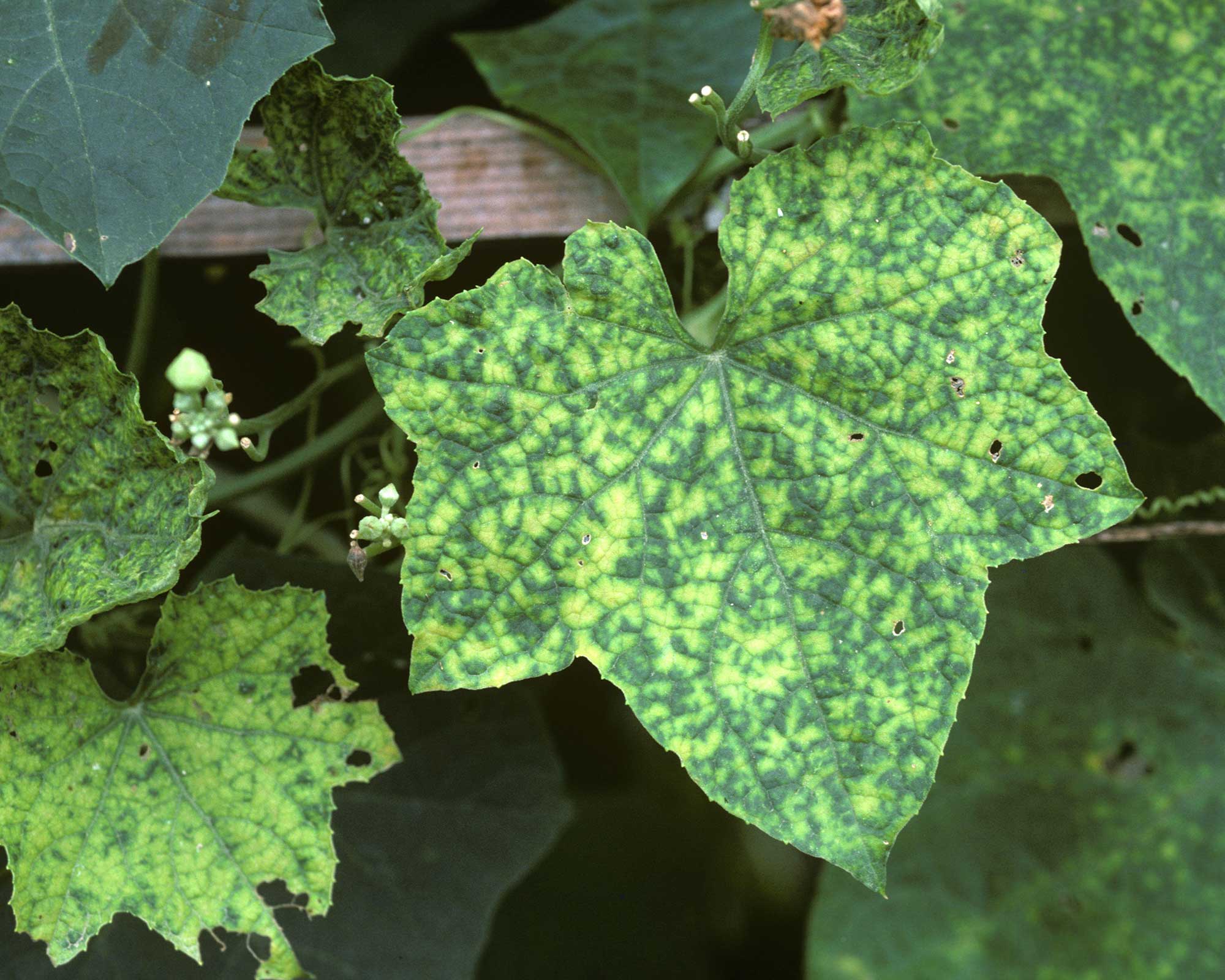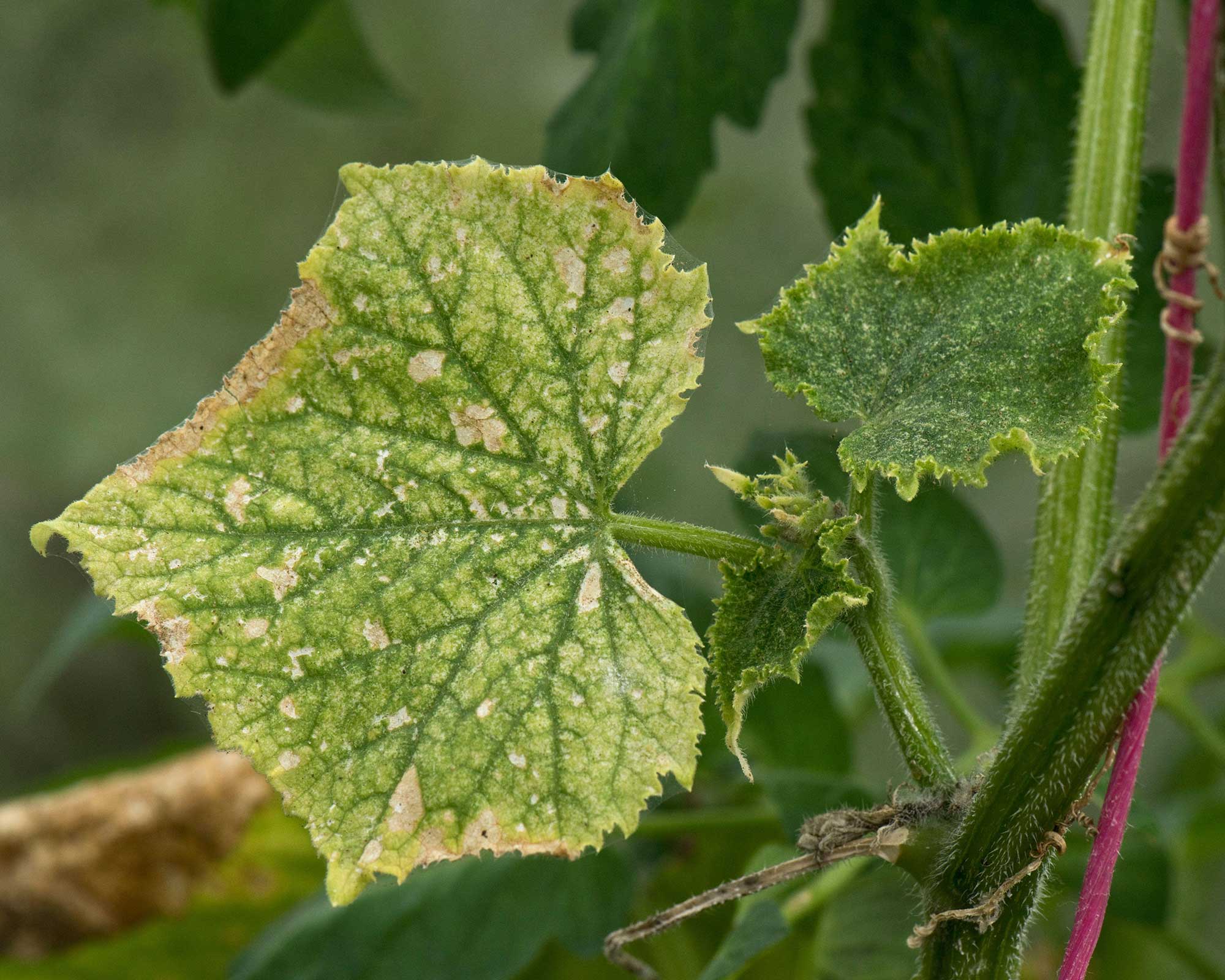Cucumber diseases and pests: 5 common issues and how to tackle them
Avoid these cucumber diseases and pests and you'll be on your way to a successful harvest


It's worth getting to know the common cucumber diseases and pests that can crop up in your grow-your-own patch. That way, you'll be able to identify them quickly and take action before the problem worsens.
Whether tending to them outdoors or in a greenhouse, learning how to grow cucumbers is pretty straightforward. But like most plants, they can be susceptible to certain insects and other ailments that can decrease the quality of their fruits – sometimes to the point of making them totally inedible. And sometimes, these problems lead to the plants producing no cucumbers at all.
We've rounded up the most common issues that can occur so you can keep an eye out, and enjoy your best cucumber harvest yet for freshening up summer salads and sandwiches.
Protect your homegrown crop by getting the lowdown on these common cucumber diseases and pests
Keep your raised garden beds or greenhouse free of cucumber pests and diseases with our advice.
1. Powdery mildew

Powdery mildew is a fungal cucumber disease. It can be a problem for many other plants too, including roses and courgettes.
You can identify it by the white markings that will develop across the foliage. As it develops, it can affect plants' vigor and distort the leaves, causing them to turn yellow and die.
One of the main causes is humidity and heat, so be sure to space your plants out to encourage airflow. Drought can also increase the risk of it developing, so ensure you keep watering plants during dry periods.
Cut away affected parts of the plant as soon as you spot them for disposal.
2. Cucumber mosaic virus

This disease is quite easy to spot as it creates a distinctive, yellow, mosaic-like pattern on the foliage. The plants may stop flowering, and any cucumbers formed will be hard, small, and inedible.
As the RHS explains, this problem is spread around plants by aphids, so tackling them can reduce the risk. Our guide on how to get rid of aphids is full of useful tips to try.
Unfortunately, there is no known cure for cucumber mosaic virus. If you do see this disease on your cucumbers, destroy the infected plants. The RHS advises washing your hands afterward, before touching other plants, otherwise, you risk contaminating your healthy crops.
3. Red spider mite

Red spider mites are tiny, sap-sucking insects that give the foliage a mottled appearance. In severe infestations, they can cause leaves to drop, or kill plants entirely. They are commonly found in greenhouses as they like the warm conditions, and can first appear in early spring.
If you spot these cucumber pests, John Negus, a gardening expert from Amateur Gardening, has some advice.
'I suggest that you spray your plants with SB Plant Invigorator [available on Amazon] at the first signs of infestation,' he says. This is a 3-in-1-action insecticide, fungicide, and foliar feed that is non-toxic. Alternatively, you could use another insecticide, but just ensure it is safe to use on edible crops and to follow the application instructions carefully.
'When the temperature rises to around 61ºF (16ºC), sprinkle the nematode parasite Phytoseiulus persimilis onto the leaves. Finally, spray with soft water to increase humidity and keep the temperature below 75ºF (23ºC),' John adds.
Cucumbers aren't the only plants affected by these pests – they attack all kinds, including tomatoes and aubergines. We have more tips on how to get rid of spider mites in our dedicated guide.
4. Whitefly

Whiteflies are a common pest that can be a nuisance in a warm greenhouse to all sorts of crops, including tomatoes and peppers.
These little, white bugs will infest your plants and cover them in a sticky substance known as 'honeydew'. This can lead to the growth of a sooty black mold.
There are a few ways you can tackle these insects. For a natural approach, try introducing the parasitoid wasps, Encarsia formosa, to your greenhouse. As the RHS says, it's crucial to do so before an infestation becomes severe, as the effect won't be immediate.
Alternatively, you could use an organic insecticide – for instance, natural pyrethrum – to control the pests.
5. Angular leaf spot

Angular leaf spot is a bacterial disease that affects all of the gourd family, including squashes and melons.
Affected plants develop water-soaked spots on their leaves, which gradually expand in size. In hot conditions, a white crust can form around the blemishes. Over time, the spots dry out, turn yellow, and fall out, giving the foliage a tattered look. It can also result in a less-prolific harvest.
Look for cucumber varieties that have resistance to this disease, and avoid watering your plants directly from above (drip irrigation makes a better alternative). If you spot affected foliage, remove and dispose of it. Copper fungicides may also help to stop the disease from spreading – follow the package instructions.

The garden was always a big part of Holly's life growing up, as was the surrounding New Forest where she lived. Her appreciation for the great outdoors has only grown since then. She's been an allotment keeper, a professional gardener, and a botanical illustrator – plants are her passion.
